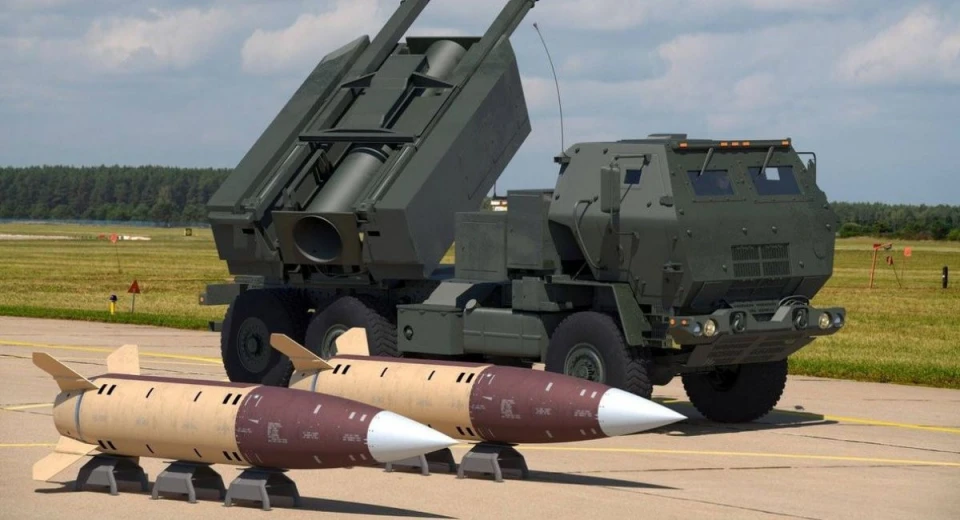
What NATO's calls for medium-range missiles for Ukraine mean
The NATO Parliamentary Assembly has adopted a resolution calling for the provision of medium-range missiles to Ukraine
This was done during a plenary session in Montreal, Canada, on Monday, November 25.
The resolution includes some important points. One is a call to speed up Ukraine’s accession to NATO as the 33rd member. Another key part of the resolution states: "Provide Ukraine with all the means, including medium-range missiles, to defend itself and deter further aggression."
The resolution also reaffirms Ukraine's right to strike Russian territory in line with Article 51 of the UN Charter.
The Defense Express media and consulting company writes that this could be seen as a positive development, as NATO appears to be endorsing the provision of long-range missiles capable of striking Russian territory.
The media and consulting company notes that the NATO Parliamentary Assembly is not the same as NATO itself. It is an independent, inter-parliamentary body that advises and makes recommendations to NATO members. It doesn’t have governing or decision-making power over the Alliance.
“In any case, this kind of direct, clear rhetoric is already a win for Ukraine. After all, the same assembly declared Russia a terrorist state in November 2022 and, in May 2024, called for lifting any restrictions on Ukraine's ability to strike Russian territory,” Defense Express adds.
It stresses a major issue: NATO countries have very few intermediate-range missiles. The Tomahawk is the main option, but it’s only in service with the United States and the United Kingdom. The UK is the only country that exports them, having ordered a total of 214 Tomahawks for ships and submarines since 1995, though some of these have already been used. The rest of the Tomahawks are in the U.S., and even future operators like Australia and Japan aren't NATO members.
Read also: What is difference between intercontinental ballistic missile and intermediate-range missile?
“Excluding the United States - still in the process of transitioning to a new presidential administration - there’s also the possibility of transferring the AGM-158 JASSM, which, in its extended-range version, has a striking range of 900 km. That leaves France, which has a small number of MdCN cruise missiles in service. These missiles are based on the SCALP design but offer a range of 1,000 km and a 250 kg warhead, essentially serving as France’s version of the sea-launched Tomahawk,” the Defense Express media and consulting company notes.
According to it, among European NATO members, only Türkiye possesses missiles with a range exceeding 300 km. In the 1990s, Türkiye entered into a low-profile cooperation with Beijing to localize the production of the B-611 ballistic missile, known as the J-600T Yıldırım. This partnership enabled the development of Türkiye’s national missile program, which now includes the Tayfun missile, with a range of over 500 km, and a project for a missile with a range of 1,000 km.
- On the morning of November 21, the Russian army launched an intercontinental ballistic missile, a Kinzhal, and a Kh-101 at Ukrainian territory. The Air Defense Forces destroyed 6 enemy targets.
- News











































